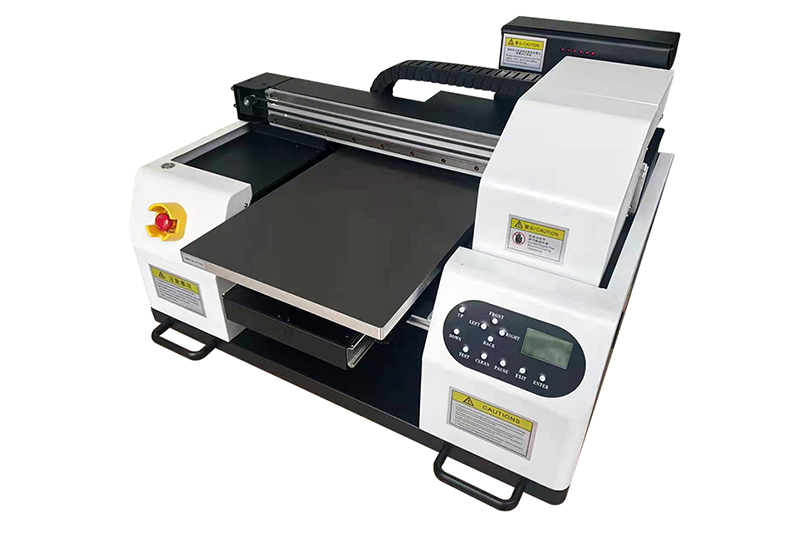The A3 UV Printer, a cutting-edge technology in the realm of digital printing, employs a sophisticated process to produce vibrant, durable prints on a wide range of materials. This article delves into the intricacies of the A3 UV Printer's inner workings, providing a comprehensive understanding of its fundamental principles and operational mechanisms.

1. The Foundation: UV Curing Technology
At the heart of the A3 UV Printer lies the transformative power of UV curing technology. This process harnesses the energy of ultraviolet light to solidify UV-curable inks almost instantaneously upon contact with the printing surface. Unlike traditional printing methods that rely on evaporation or absorption, UV curing facilitates rapid drying, enabling the printer to produce prints that are not only smudge-proof and water-resistant but also resistant to scratches and abrasions.
2. Precision and Control: The Print Head System
The A3 UV Printer's print head system plays a pivotal role in delivering exceptional print quality. Comprising two Epson XP600 heads, this system boasts a remarkable resolution of 1440*1440 DPI, ensuring intricate details and sharp, vibrant colors. The heads precisely deposit UV-curable inks onto the printing surface, creating images with remarkable clarity and precision.
3. A Symphony of Inks: CMYK WW +6 Varnish
The A3 UV Printer utilizes a palette of CMYK WW +6 Varnish inks to achieve a wide spectrum of colors and effects. The CMYK (cyan, magenta, yellow, and black) inks form the foundation of the color gamut, while the white (W) ink serves as a base layer for printing on dark or transparent surfaces. The six varnish inks add an extra layer of sophistication, enabling the creation of special effects such as spot varnishing and embossing.
4. Versatility Unleashed: A Multitude of Printing Media
The A3 UV Printer's versatility extends to its compatibility with a diverse range of printing media. From phone cases and acrylic sheets to pens, helmets, ceramic tiles, wood panels, metal sheets, and even glass surfaces, this printer effortlessly adorns a variety of materials with vibrant prints. Its ability to accommodate such a wide array of substrates opens up endless possibilities for creative expression.
5. Optimal Performance: Environmental and Power Requirements
To ensure optimal performance and longevity, the A3 UV Printer operates within a specific environmental range. The ambient temperature should ideally fall between 0°C and 30°C, while the humidity level should remain within the 40%-70% range. Additionally, the printer requires a standard electrical connection of 110-220V, 50-60HZ, drawing a maximum power of 300W.
6. The Printing Process: A Step-by-Step Walkthrough
The A3 UV Printer's printing process unfolds in a series of precisely orchestrated steps:
a) Preparation: The printing surface is carefully cleaned and prepared to ensure proper adhesion of the inks.
b) Image Processing: The desired image is processed and optimized using specialized software.
c) Inkjet Printing: The print heads deposit UV-curable inks onto the printing surface, forming the image layer by layer.
d) UV Curing: An ultraviolet lamp instantly cures the inks, solidifying them and forming a durable bond with the printing surface.
e) Finishing: Once the printing process is complete, the finished print undergoes any necessary post-processing steps, such as trimming or varnishing.
A Revolution in Digital Printing
The A3 UV Printer stands as a testament to the transformative power of technology in the printing industry. Its innovative UV curing technology, coupled with its precision print head system and versatile ink options, empowers users to create stunning prints on a vast array of materials. From personalized phone cases to eye-catching signage, the A3 UV Printer opens up a world of creative possibilities, transforming digital designs into tangible masterpieces.
